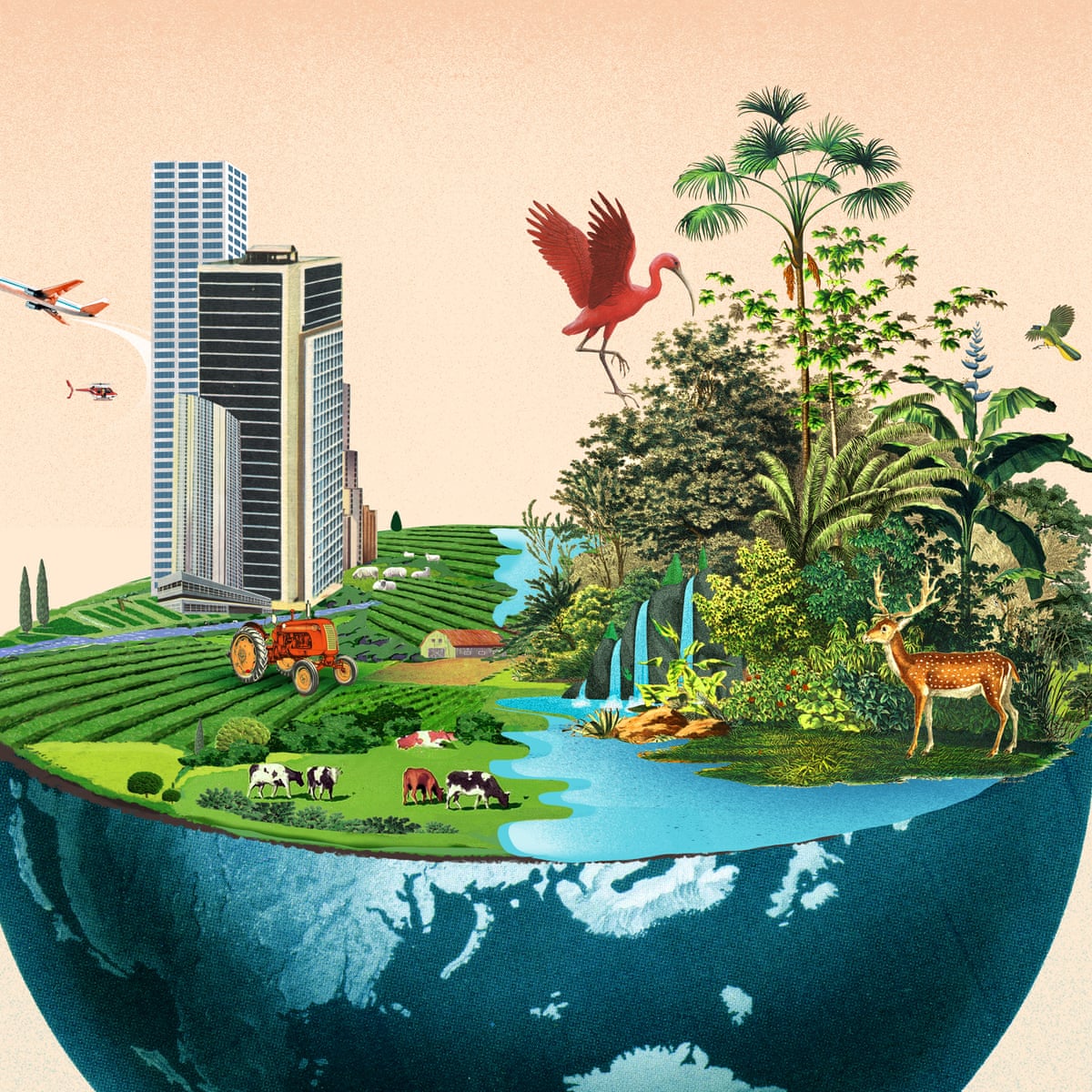The Importance of Biodiversity Conservation: Sustaining Life on Earth
Introduction:
Biodiversity, the variety of life on Earth, is the cornerstone of our planet's health and resilience. It encompasses every living organism, from microorganisms to plants, animals, and humans, as well as the ecosystems they inhabit. Biodiversity provides a myriad of ecosystem services that are essential for human well-being, including clean air and water, fertile soil, climate regulation, pollination, and disease control. Despite its fundamental importance, biodiversity faces unprecedented threats from human activities such as habitat destruction, overexploitation, pollution, and climate change. In this essay, we will explore the significance of biodiversity conservation, the current threats it faces, and the urgent need for collective action to preserve and protect our planet's rich tapestry of life.
The Significance of Biodiversity:
Biodiversity is not merely a matter of aesthetic or ethical concern; it is essential for the functioning of ecosystems and the survival of all life forms, including humans. One of the primary benefits of biodiversity is ecosystem stability and resilience. Diverse ecosystems are more robust and better able to withstand disturbances such as disease outbreaks, natural disasters, and climate change. For example, diverse forests are more resistant to pest infestations and diseases, whereas coral reefs with high species diversity are more resilient to bleaching events caused by rising sea temperatures.
Moreover, biodiversity plays a crucial role in ecosystem services that directly support human well-being. For instance, pollinators such as bees, butterflies, and birds are essential for the reproduction of many food crops, contributing to global food security. In addition, forests and wetlands act as natural filters, purifying water and regulating water cycles, thereby reducing the risk of floods and droughts. Biodiversity also provides raw materials for medicine, industry, and agriculture, with countless plant and animal species serving as sources of pharmaceutical drugs, building materials, and genetic resources for crop breeding.
Furthermore, biodiversity enhances cultural and recreational experiences, enriching our lives in profound ways. Indigenous peoples and local communities around the world rely on biodiversity for their livelihoods, cultural practices, and traditional knowledge systems. Additionally, nature-based tourism, such as wildlife watching and ecotourism, generates significant economic revenue and employment opportunities in many regions.
Threats to Biodiversity:
Despite its critical importance, biodiversity is under threat as never before. Human activities have caused unprecedented rates of species extinction, habitat degradation, and ecosystem destruction, leading to a global biodiversity crisis. One of the primary drivers of biodiversity loss is habitat destruction and fragmentation, primarily due to urbanization, agriculture, logging, and infrastructure development. The conversion of natural habitats into agricultural land, urban areas, and industrial zones not only directly destroys biodiversity-rich ecosystems but also isolates and fragments remaining habitats, making them more vulnerable to further degradation and extinction.
Overexploitation of natural resources is another significant threat to biodiversity. Unsustainable hunting, fishing, and logging practices have depleted populations of many species, pushing them to the brink of extinction. Illegal wildlife trade, driven by demand for exotic pets, trophies, and traditional medicines, poses a severe threat to thousands of species, including elephants, rhinos, and pangolins.
Pollution, including air and water pollution, chemical contamination, and plastic waste, poses a grave threat to biodiversity and ecosystem health. Pollution not only directly harms plants and animals but also disrupts ecosystem processes, such as nutrient cycling and photosynthesis, leading to cascading effects on entire ecosystems.
Climate change exacerbates the threats to biodiversity by altering temperature and precipitation patterns, disrupting habitats, and increasing the frequency and intensity of extreme weather events. Rising temperatures and changing rainfall patterns can cause shifts in species distributions, disrupt breeding and migration patterns, and lead to mismatches between species and their food sources.
The Urgent Need for Conservation:
Given the critical importance of biodiversity and the myriad threats it faces, conservation efforts are more urgent than ever. Effective biodiversity conservation requires a multi-faceted approach that addresses the underlying drivers of biodiversity loss while promoting sustainable development and human well-being. Conservation strategies must prioritize the protection and restoration of key habitats, such as forests, wetlands, coral reefs, and grasslands, as well as the creation of ecological corridors to facilitate species movement and genetic exchange.
Protected areas, such as national parks, nature reserves, and marine protected areas, play a crucial role in safeguarding biodiversity and providing safe havens for endangered species. However, protected areas alone are not sufficient to address the biodiversity crisis. Conservation efforts must also involve local communities, indigenous peoples, and other stakeholders who depend on natural resources for their livelihoods. Collaborative management approaches that integrate traditional knowledge, community-based conservation practices, and modern conservation science are essential for achieving long-term conservation success.
In addition to protecting existing biodiversity, conservation efforts must also focus on restoring degraded ecosystems and promoting sustainable land and resource management practices. Agroforestry, sustainable agriculture, and eco-friendly fisheries can help reconcile conservation goals with the need for food security, livelihoods, and economic development. Furthermore, addressing the root causes of biodiversity loss, such as unsustainable consumption patterns, population growth, and inequitable distribution of resources, is essential for achieving lasting conservation outcomes.
Education, awareness-raising, and capacity-building are critical components of biodiversity conservation efforts. Public engagement and environmental education programs can foster a deeper understanding of the value of biodiversity and inspire individuals to take action to protect it. Moreover, capacity-building initiatives aimed at strengthening the skills and knowledge of conservation practitioners, policymakers, and local communities are essential for building resilient and effective conservation programs.
Conclusion:
In conclusion, biodiversity conservation is a matter of utmost urgency and importance for sustaining life on Earth. Biodiversity underpins ecosystem functioning, provides essential ecosystem services, supports human well-being, and enriches our lives in countless ways. However, biodiversity is facing unprecedented threats from human activities, including habitat destruction, overexploitation, pollution, and climate change. To address the biodiversity crisis, concerted efforts are needed to protect and restore key habitats, promote sustainable development, and engage local communities and stakeholders in conservation efforts. By working together to conserve biodiversity, we can ensure a healthy and thriving planet for future generations.




























































